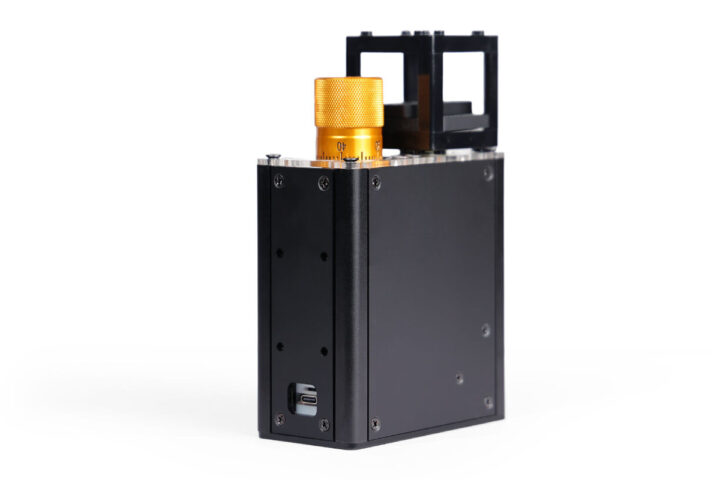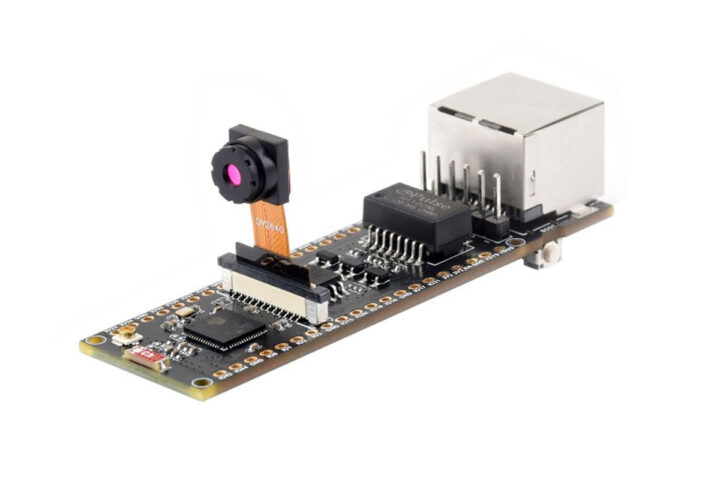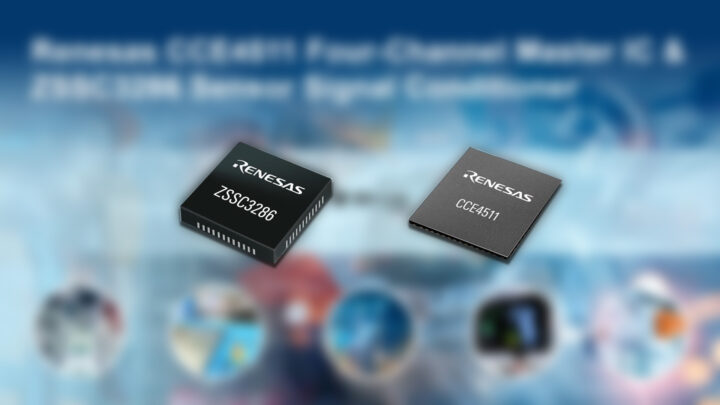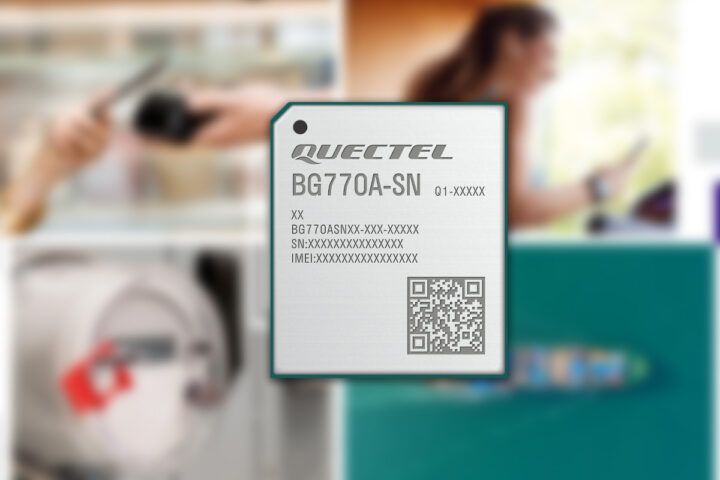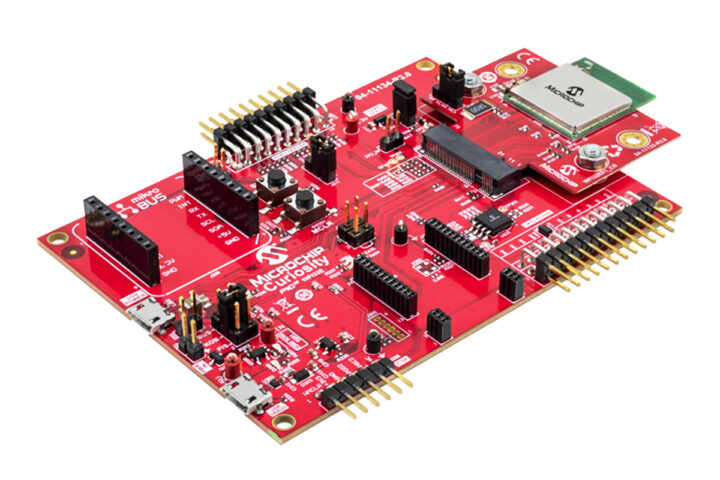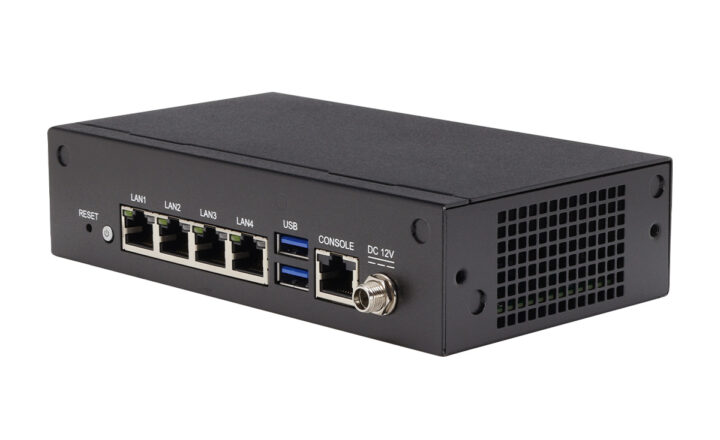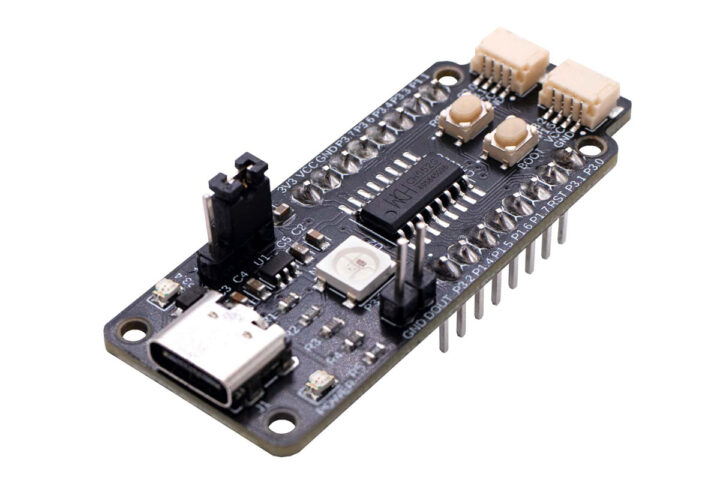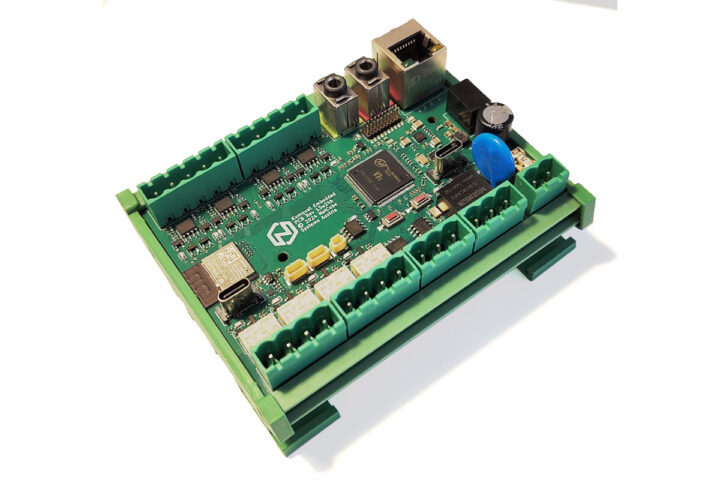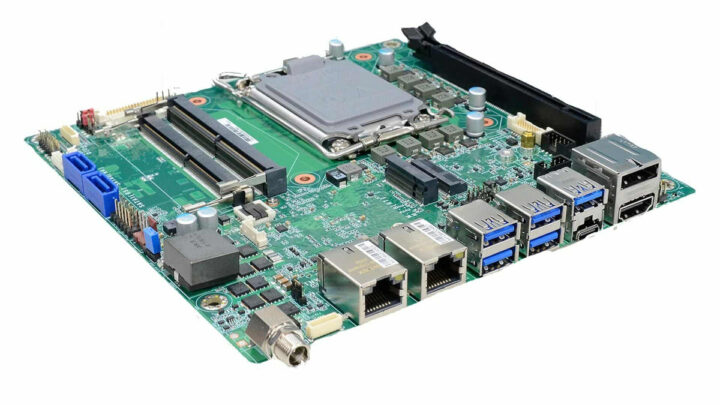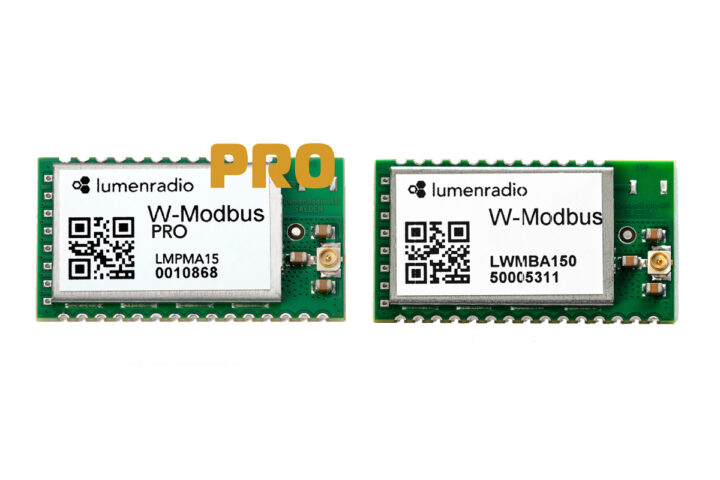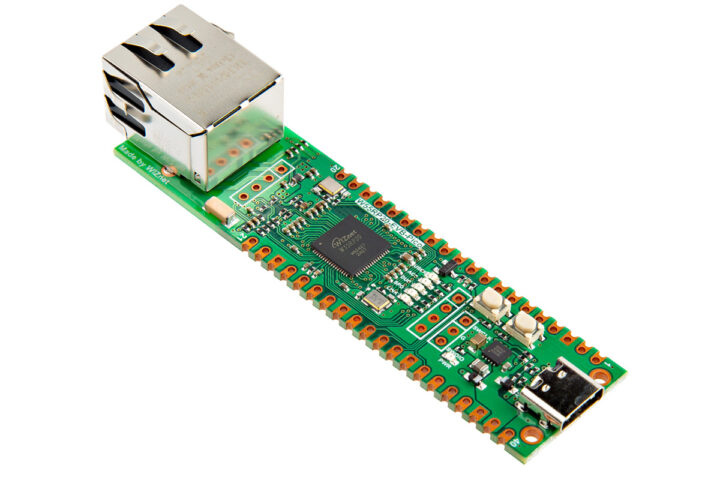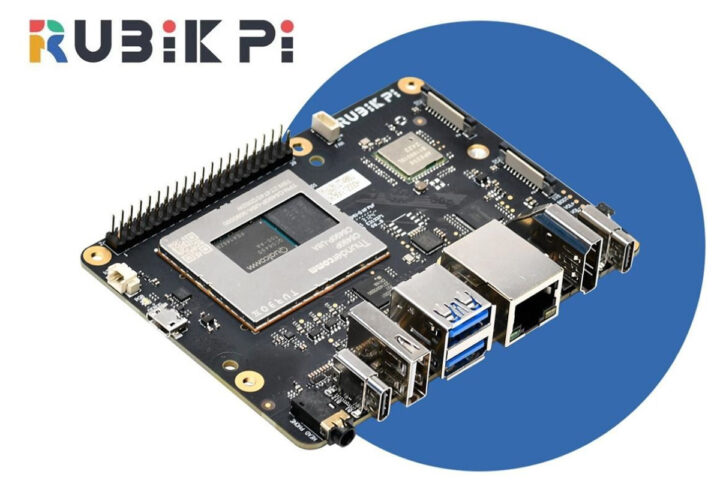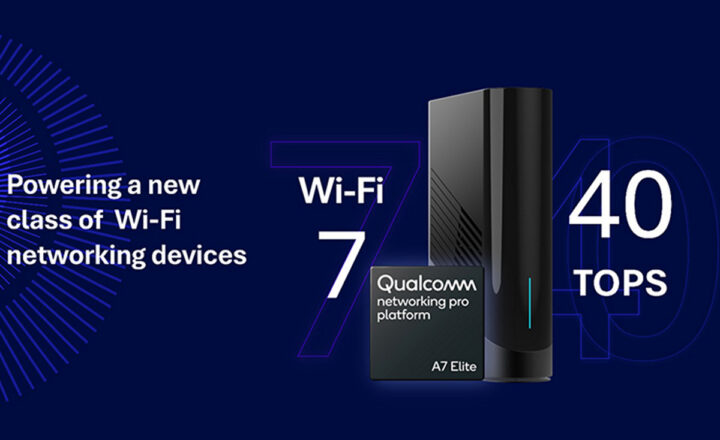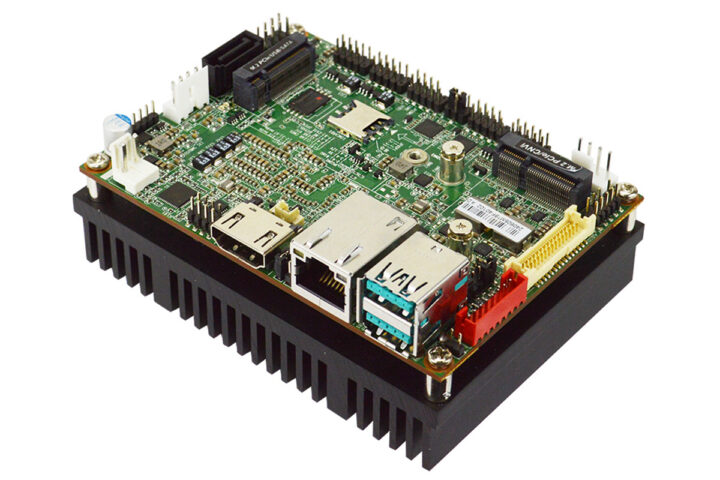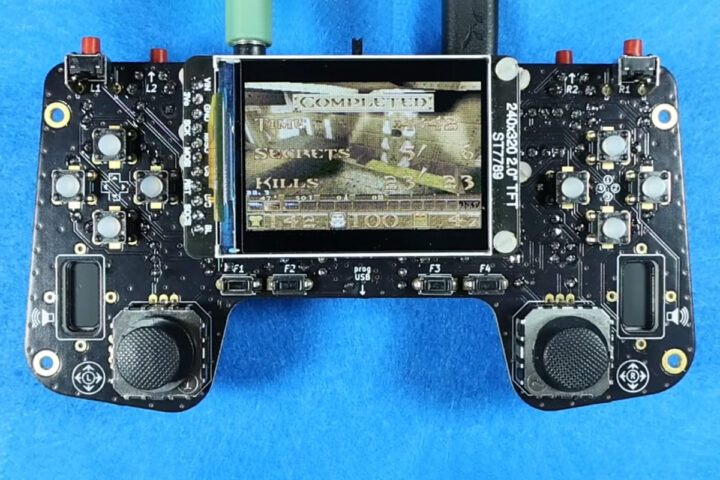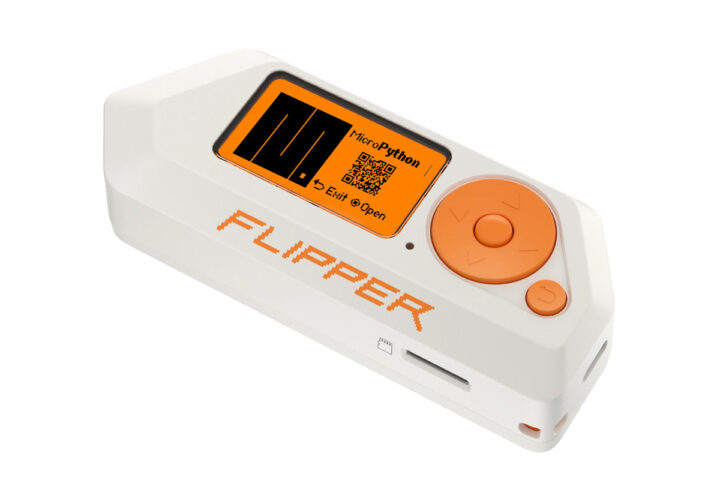CodeCell is a ESP32-C3 mini development board for robots, wearables, smart home projects
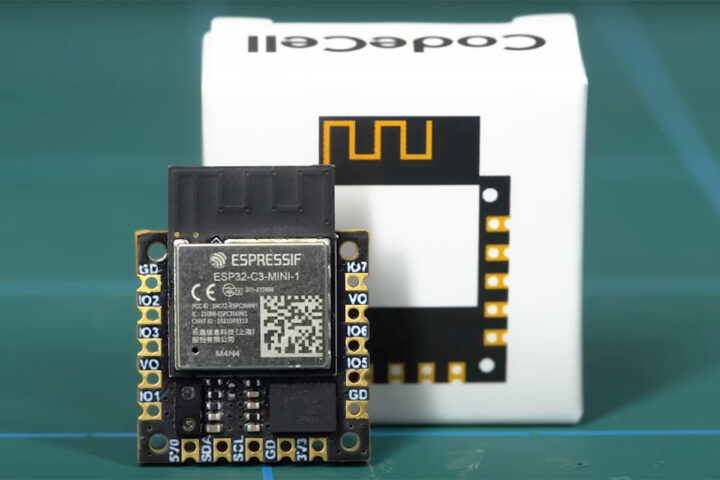
Engineer and YouTuber Carl Bugeja recently developed CodeCell, a tiny ESP32-C3 development board designed as the brain for robots, wearables, and smart home devices. This module features a nine-axis inertial measurement unit (IMU) for motion fusion and an optional VCNL4040 light sensor. It includes a USB Type-C port for data and power as well as a lithium-polymer battery with a charging circuit. Measuring just 18.5 x 18.5mm this compact board is even smaller than other tiny ESP32 development boards such as Waveshare’s ESP32-S3-Zero and Seeed Studio’s XIAO ESP32S3. However, the Epi C3 is smaller at 23 x 12.75 mm, and so are the Unexpected Maker NANOS3 (25 x 10 mm) and Unexpected Maker OMGS3 (28 x 11 mm). CodeCel ESP32-C3 mini development board specification Microcontroller – ESP32-C3 RISC-V MCU 160MHz 32-bit RISC-V processor core 400kB SRAM, 4MB flash storage Wi-Fi 4 and Bluetooth Low Energy (BLE) connectivity Sensors Vishay VCNL4040 light [...]
The post CodeCell is a ESP32-C3 mini development board for robots, wearables, smart home projects appeared first on CNX Software - Embedded Systems News.
